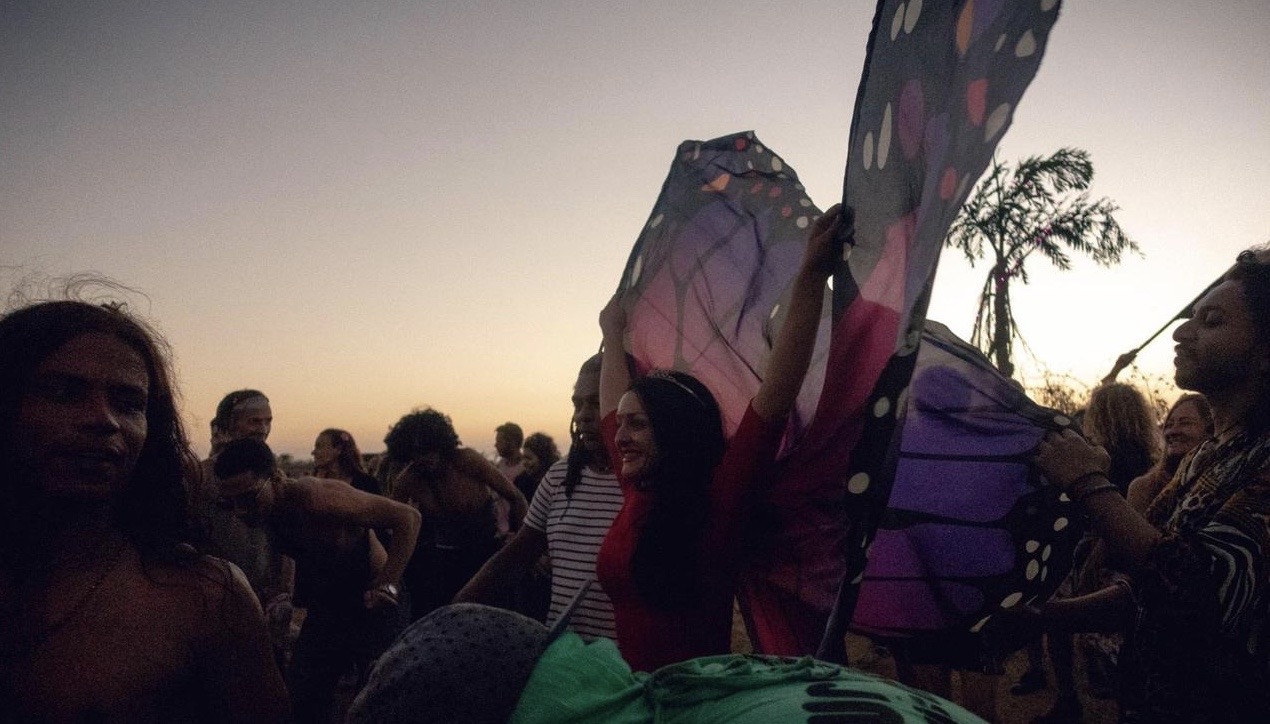Even in a Pandemic, Goa Raves on
November 12, 2020Amira Pednekar*, a 23-year-old writer from the western Indian state of Goa was one of 30 odd people who queued up to get into a Halloween party. It was around 3 a.m. on a Saturday night, last month.
Before coming to the club, she had popped half a pill of ecstasy. As she felt the high kick in amid the pulsating techno beats and swaying strobe lights, she felt excited. “I was going for a rave after seven months,” she told VICE News.
What greeted the Goan local was a sight she had not expected. Not amid the pandemic that has claimed more than 128,000 lives in the country. “The place was packed. We literally had no space to move. And if I tried to dance, my elbow would inevitably bump into someone,” she said. While large signs displayed at the entrance ordered patrons to maintain social distance, wear face masks and get their temperature checked, the reality at the party was the polar opposite.
“No one even bothered to check our temperature or wear a face mask,” Pednekar recalled. Finding herself squished in a crowded space with at least 3,000 people, Pednekar immediately went into a bad trip.
“I knew people were properly partying now, but the scale of this one was just ridiculous. The whole experience felt stressful and unsafe.”
Pednekar isn’t the only one who’s recently left a rave party in Goa feeling paranoid and unsafe.
Siddhant Bawa, a 23-year-old business professional from New Delhi who was visiting Goa with his friends in October also attended a party at the same venue. He could see people going berserk for the music, and almost everyone sharing cigarettes or joints. There were private parties going on and people were sharing drinks and hooking up. “The vibe was absolutely crazy. Not for a moment, did I feel that we are still going through a global pandemic which is at its full strength,” Bawa told VICE News.
Local state police in Goa busted at least four rave parties when India was under lockdown, and only essential services like hospitals, mail services and media were allowed to operate.
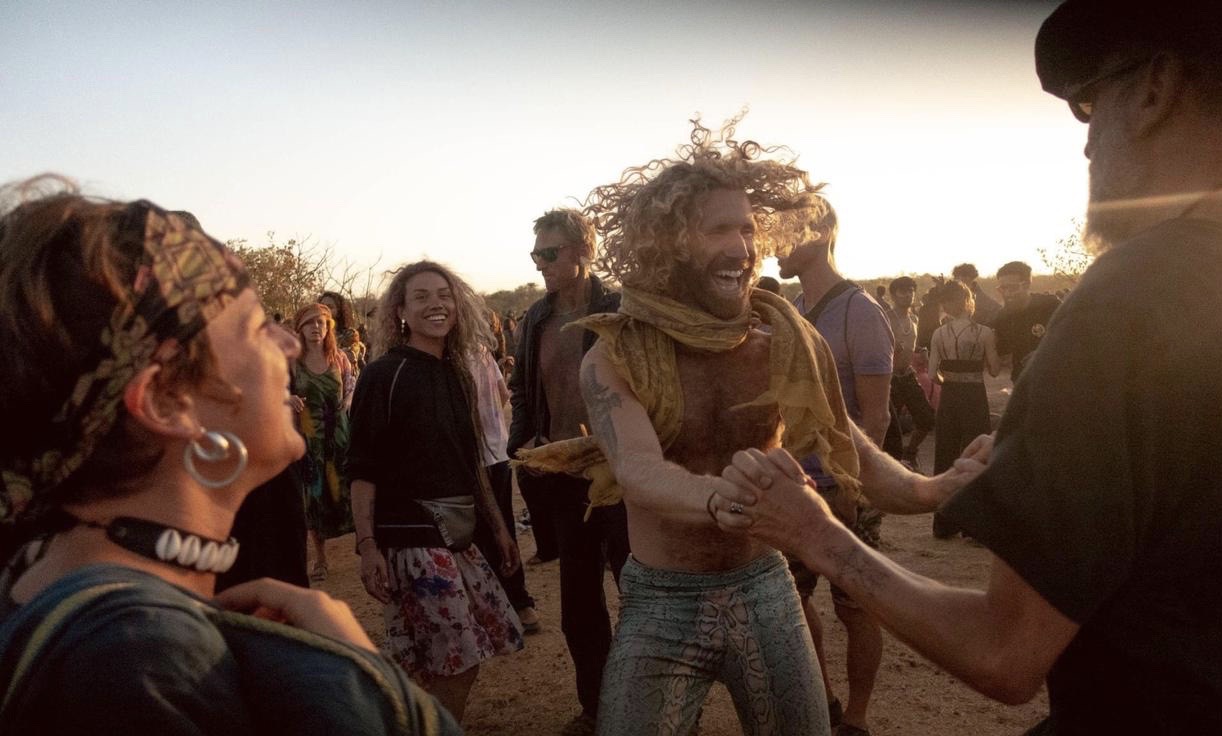
At one illegal rave that happened in north Goa in April, locals called the police, prompting the party’s attendees to hide in a nearby forest to avoid getting caught.
“People have been going to mad lengths to party throughout the lockdown,” Ralph Fernandes*, a party promoter in Goa, told VICE News. “We’re just advertising it more openly on social media now that all lockdown restrictions have been lifted.”
Fernandes explained that one reason Goa continued to host rave parties during the pandemic was because the state did not have even a single COVID-19 case between late April and May. “After that, people here just stopped taking the virus that seriously.”
Goa is known as India’s “party destination” due to its cheap alcohol prices, coastline and lack of curfews for bars and clubs. More than 40 percent of the state’s revenue comes from tourism.
India went into lockdown in March, and restrictions were eased in a phased manner only from May. The government lifted inter-state border restrictions in September, just before Goa’s tourism season began.
“I came to Goa at the end of September, which was still off-season, so not a lot of places had opened at that point,” Ria Hingarh, a 27-year-old interior designer from the western Indian city of Mumbai, told VICE News. After staying shut in for six months, she was craving a psytrance party. Hingarh and her two male friends tried to attend an invite-only secret session at a club only to discover that they were given a fake address.
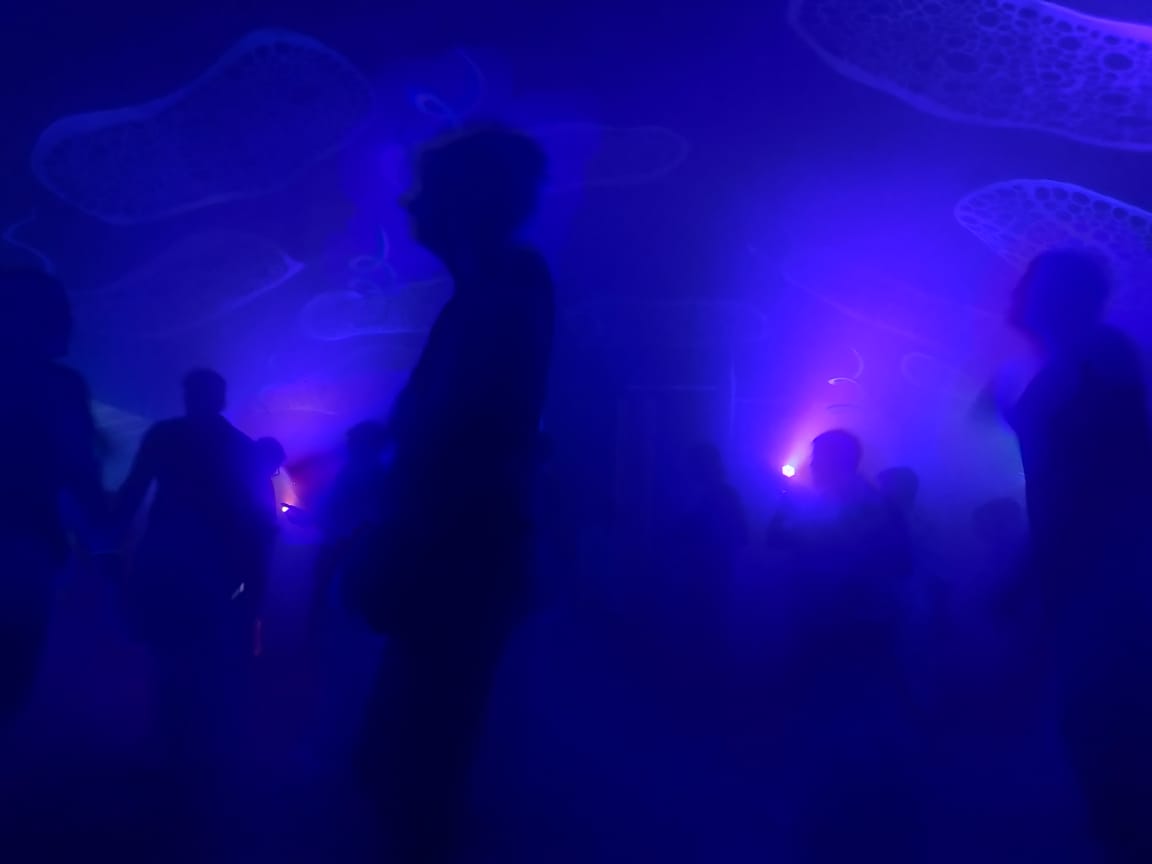
“They were very cagey about us attending since we were two guys and one girl, and were not from Goa,” Hingarh told VICE News. On their second day in Goa, Hingarh and her friends went to watch a live football match at a bar, and were surprised to find a rave party going on at the venue.
“We realised that while the lower level was a bar broadcasting the match, there was an upper level filled with mostly foreigners where a proper rave party was happening.”
Suddenly, Hingarh found herself at a party dipped in the overpowering hue of purple LED lights and the pungent smell of sweat and smoke.
In contrast to what Pednekar experienced, Hingarh felt liberated to have danced freely in a safe space. She said, “There were at least 400 people there, but everyone was extremely spaced out, and the organisers and attendees were both very careful about following social distancing norms.”
In the late 60s, Goa became one of the first Indian states to experience the advent of the underground music counterculture when hippies from Europe and the U.S. immigrated to the quiet, coastal state, often on foot, in search of spirituality. Foreigners found the Goan culture, inclusive and favourable.
Goa remained a Portuguese colony until 1961, more than ten years after the rest of India got its independence.
“Eight finger” Eddie, an American expatriate who came to Goa in the 60s, is often considered the founding figure of Goa’s hippie culture. He established the scene on a beach called Anjuna, which remains a hub of Goa’s underground parties even today. Anjunabeats, one of the world’s largest electronic music labels founded in London in 2000, was named after this beach.
According to local legend, the lack of a police station in the 70s in Anjuna allowed ravers to dabble freely in party drugs including LSD, ecstasy and later MDMA. While these substances are banned under Narcotics, Drugs and Psychotropic Substances Act—the Indian law on drugs—they enjoy a higher social acceptance in India’s party destination. “One thing that hasn’t changed at Goa’s rave parties is the free use of drugs. People share doobs with anyone who asks and can often be seen snorting lines off their phones,” Sarah Jane*, a British expat who moved to Goa last year, told VICE News.
Not everyone would agree, though. Over the last decade, a growing section of people have got fed up with Goa’s rave culture being stereotyped as drug-fuelled parties with trippy music.
One of them is Aerath Rajeev Radhakrishnan, a documentary filmmaker who is part of a community known as the Goa Underground Tribe and has been associated with the underground rave scene for more than five years. “For us, rave culture is a community built on trust, where people can come together and be free,” Radhakrishnan told VICE News.
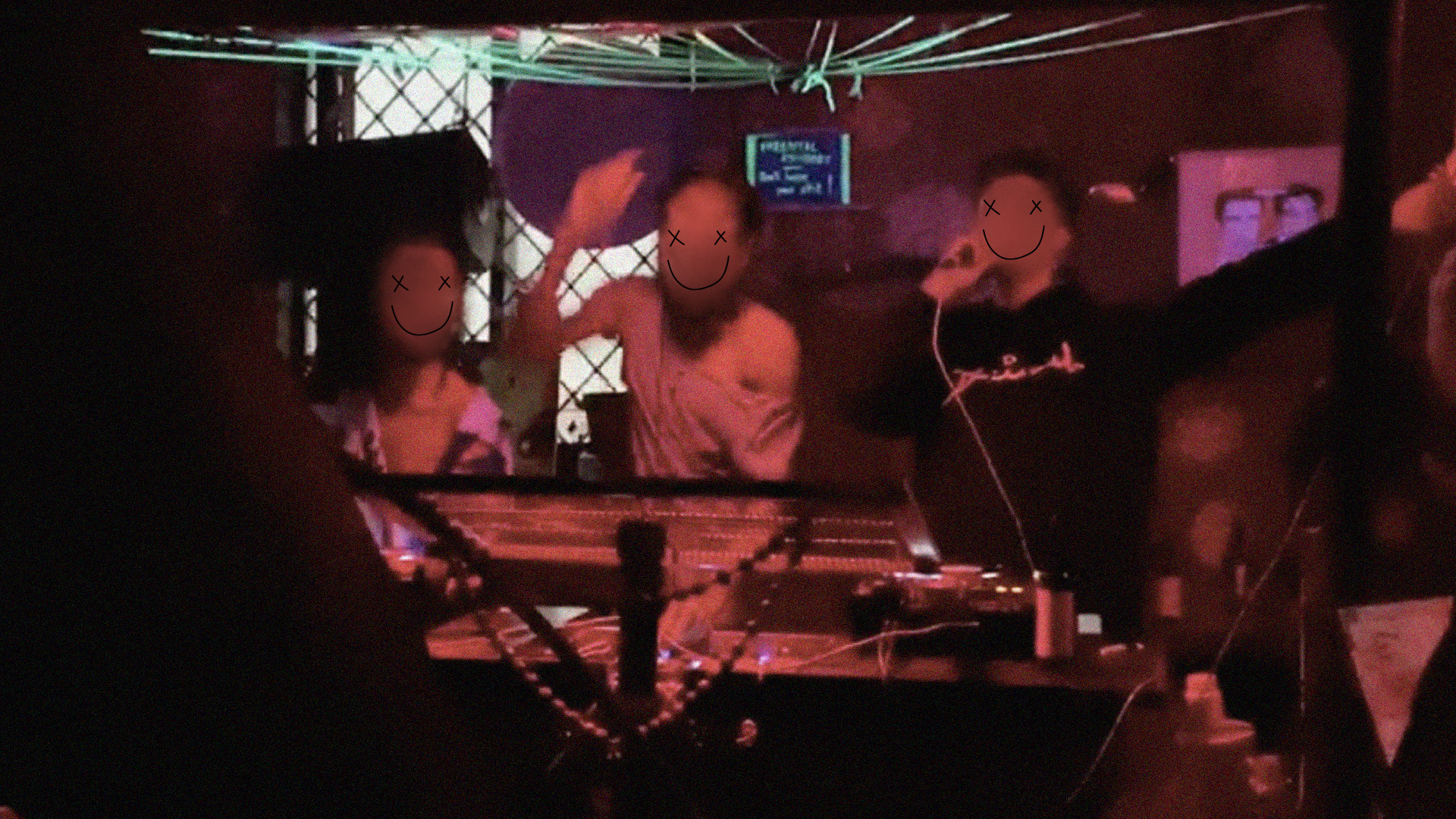
“We live by the principles of radical inclusion, self-expression, self-reliance, urgency to save the environment, civic responsibility, and participation.”
Aerath moved out of his parent’s home in Goa, and began living in a club venue along with other members of the community. Since then, he has been helping his tribe organise secret sessions. The entry to these get-togethers is by invite only.
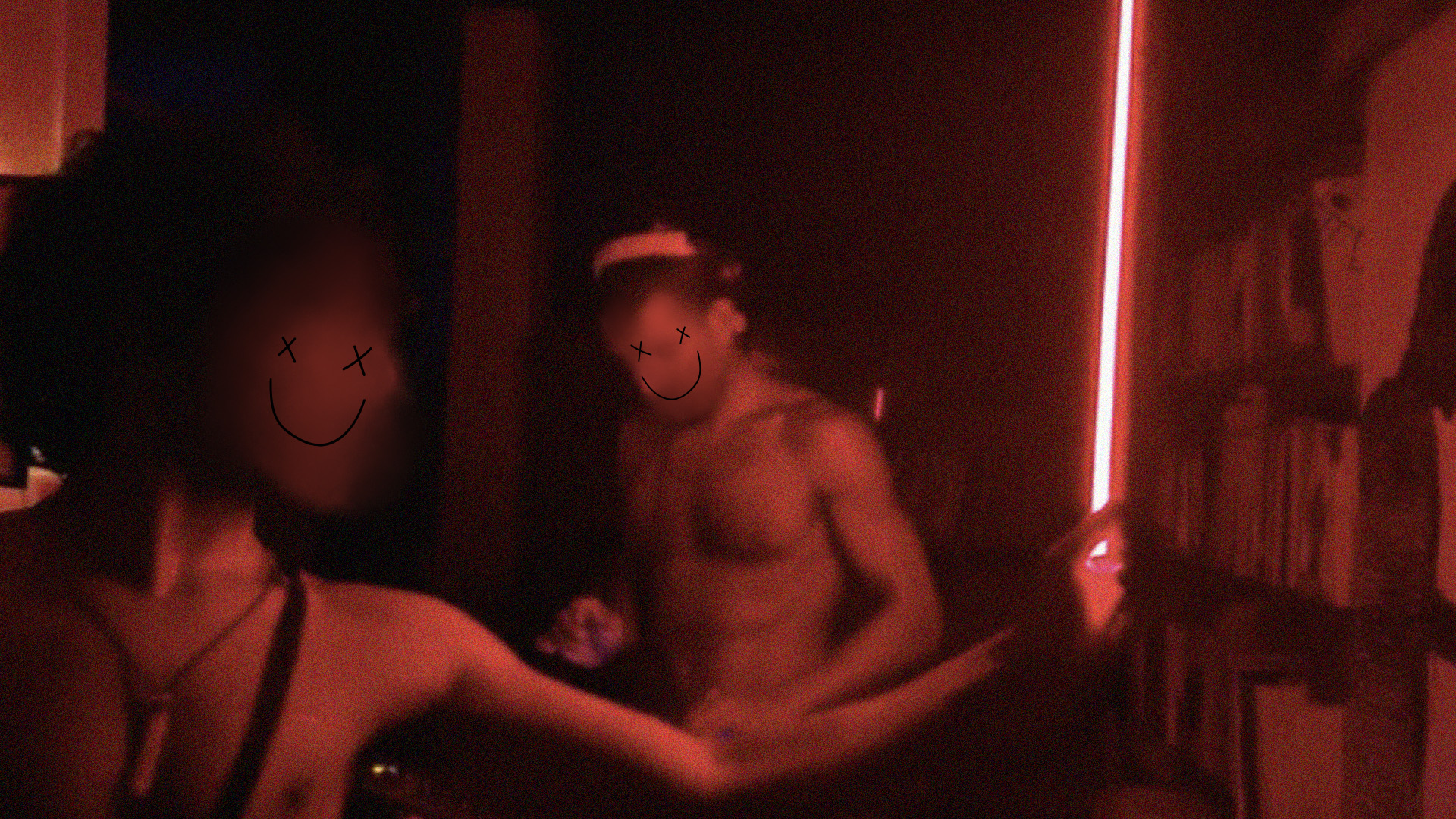
“At these parties, you’ll see people dancing, painting on canvases as well as bodies, doing pilates, performing fire dances, and even cooking or selling things,” he described the vibe of these parties.
Being a part of what he calls “sound-healing sessions” with his community made him feel free and isolated from the chaos. “The social media circus does not bother us here,” he said.
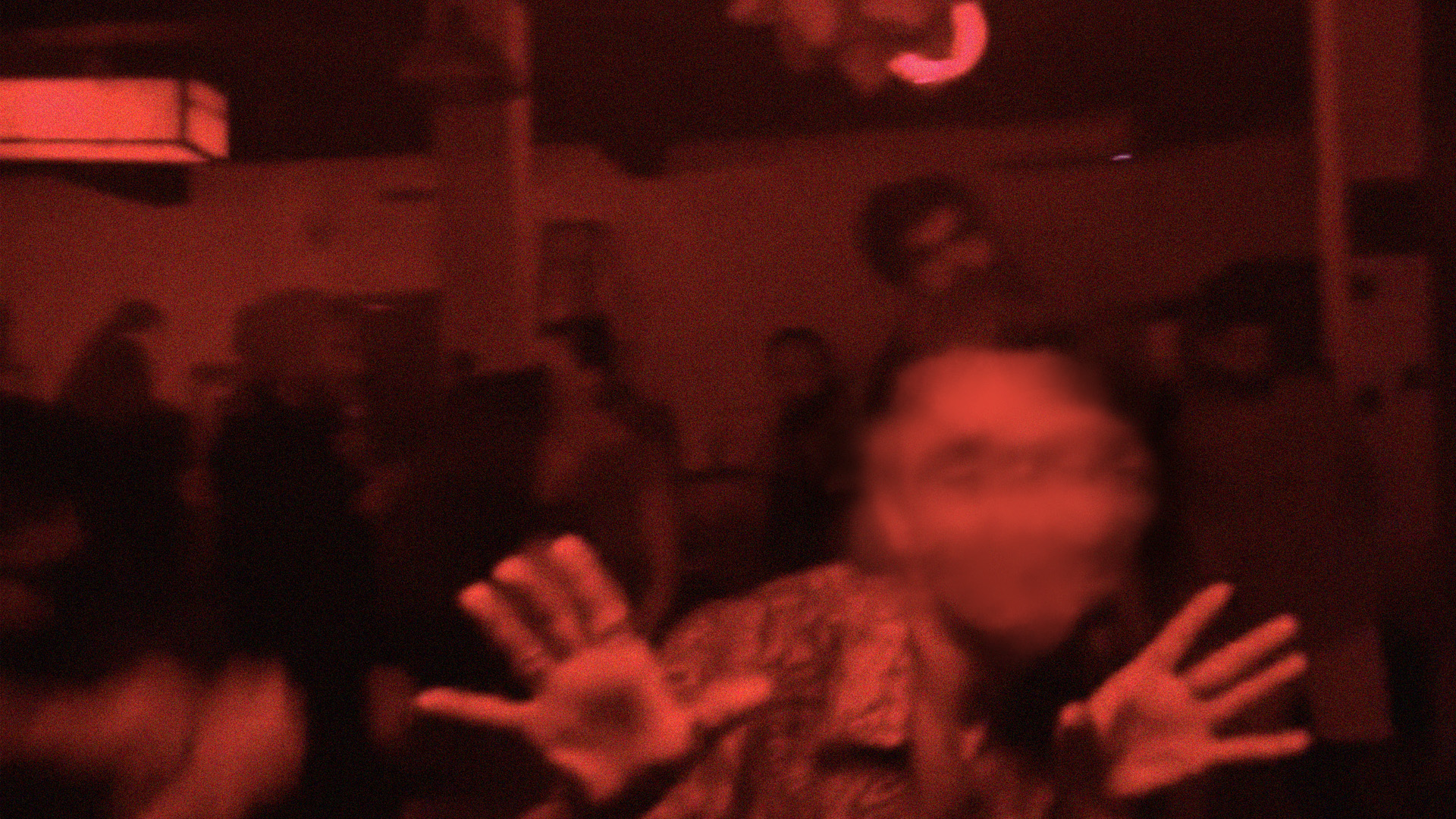
Irrespective of what people think of these gatherings, the fact remains that Goa’s nightlife industry took a major hit due to lockdown restrictions. To recover their losses, some organisers advertises rave parties as a commercial scene, as opposed to its underground origins. “Only hosting 10 or 30 percent capacity doesn’t justify having a party because there are a lot of overhead costs,” said Fernandes, party promoter. “Coronavirus emptied our pockets, and we had to do something to cut back our losses.”
*Names changed to protect identities
Follow Shamani on Instagram.

